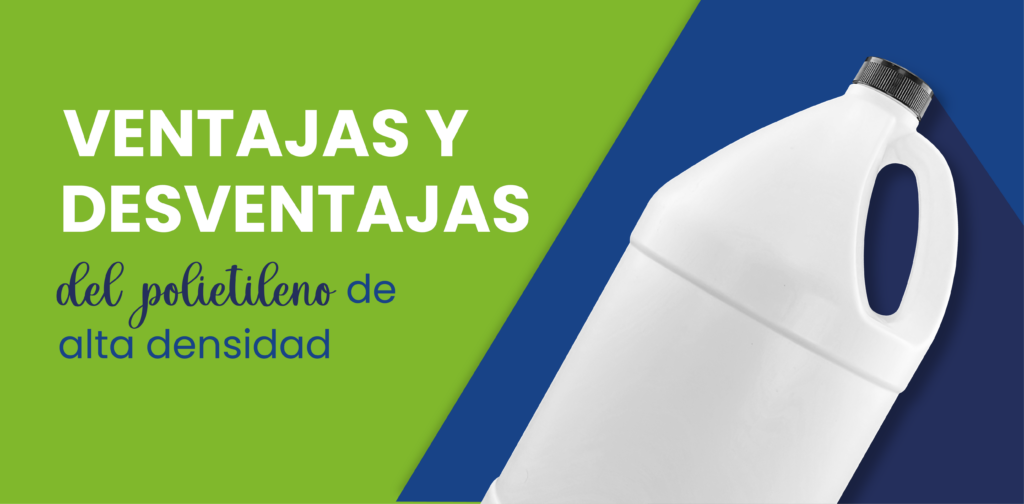High-density polyethylene (HDPE) plays a key role in the manufacturing of plastic containers, standing out as one of the most widely used materials in modern industry. Its exceptional properties make it an ideal choice for a broad range of applications. Below, we explore the main advantages and disadvantages of using HDPE in packaging production. Understanding these factors can help you make more informed and strategic decisions for your business.
Advantages of HDPE in Packaging Manufacturing
- Moisture Resistance: HDPE is known for its excellent resistance to moisture, making it an ideal choice for containers that need to keep their contents dry and protected. In sectors like food and healthcare, where hygiene and preservation are critical, this property ensures the integrity of products during storage and distribution.
- Durability: HDPE containers are highly durable and can withstand impacts and harsh conditions, ensuring the product’s protection. This durability is crucial not only for avoiding damage during transport and storage but also for extending the shelf life of products, reducing the need for frequent packaging replacements.
- Lightweight: HDPE is a lightweight material that simplifies handling during manufacturing and packaging processes and reduces transportation costs. While lighter than other materials, HDPE retains high durability and resistance, making it an efficient and cost-effective choice for packaging production.
- Chemical Barrier: HDPE provides remarkable resistance to various chemicals, making it an excellent material for containers designed for corrosive or aggressive products. Its ability to create an effective chemical barrier ensures that the container's contents are protected from harmful interactions, making it ideal for industrial products and cleaning agents.
Disadvantages of HDPE in Packaging Manufacturing
- Temperature Limits: While robust and durable,HDPEis not suitable for extreme temperature conditions. It may deform, lose rigidity, or become more susceptible to wear at high temperatures. Conversely, at very low temperatures, HDPE can become brittle and fragile, limiting its use in certain industries where materials like polypropylene (PP) or PET may be better suited.
- Design Customization Limitations: HDPE's nature can make it harder to mold into highly customized or complex shapes compared to other plastics. While HDPE is versatile, its design and finish options may be more limited than those of PET.
- Initial Cost: HDPE may have a higher upfront cost compared to less durable plastics. This is due to its production costs and technical properties, which make it more suitable for demanding applications.
What Products Are Made with HDPE?
HDPE offers numerous advantages for plastic container manufacturing, including its strength, durability, recyclability, and moisture resistance. The choice of material depends on the specific needs of your product. At Plastimex we offer a variety of HDPE containers, such as:
- 5, 10, and 20 L Drums
- 5, 10, and 20 L Supertanks
- Gallons
- Jugs
- Missile Containers

